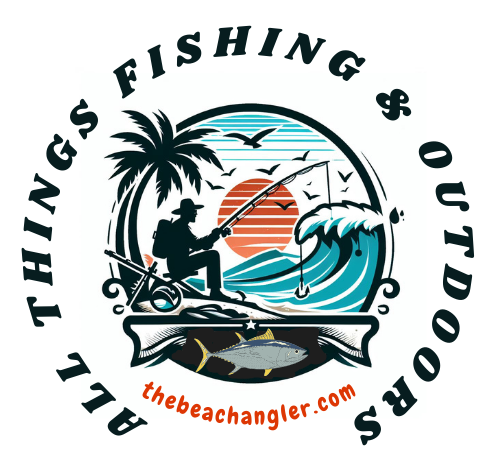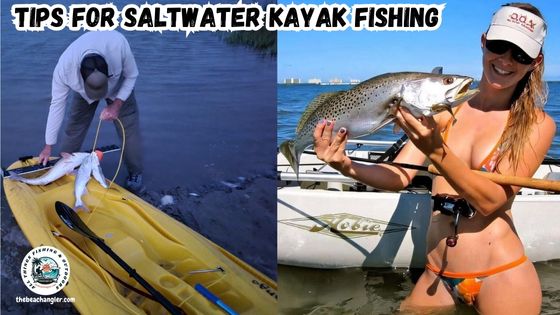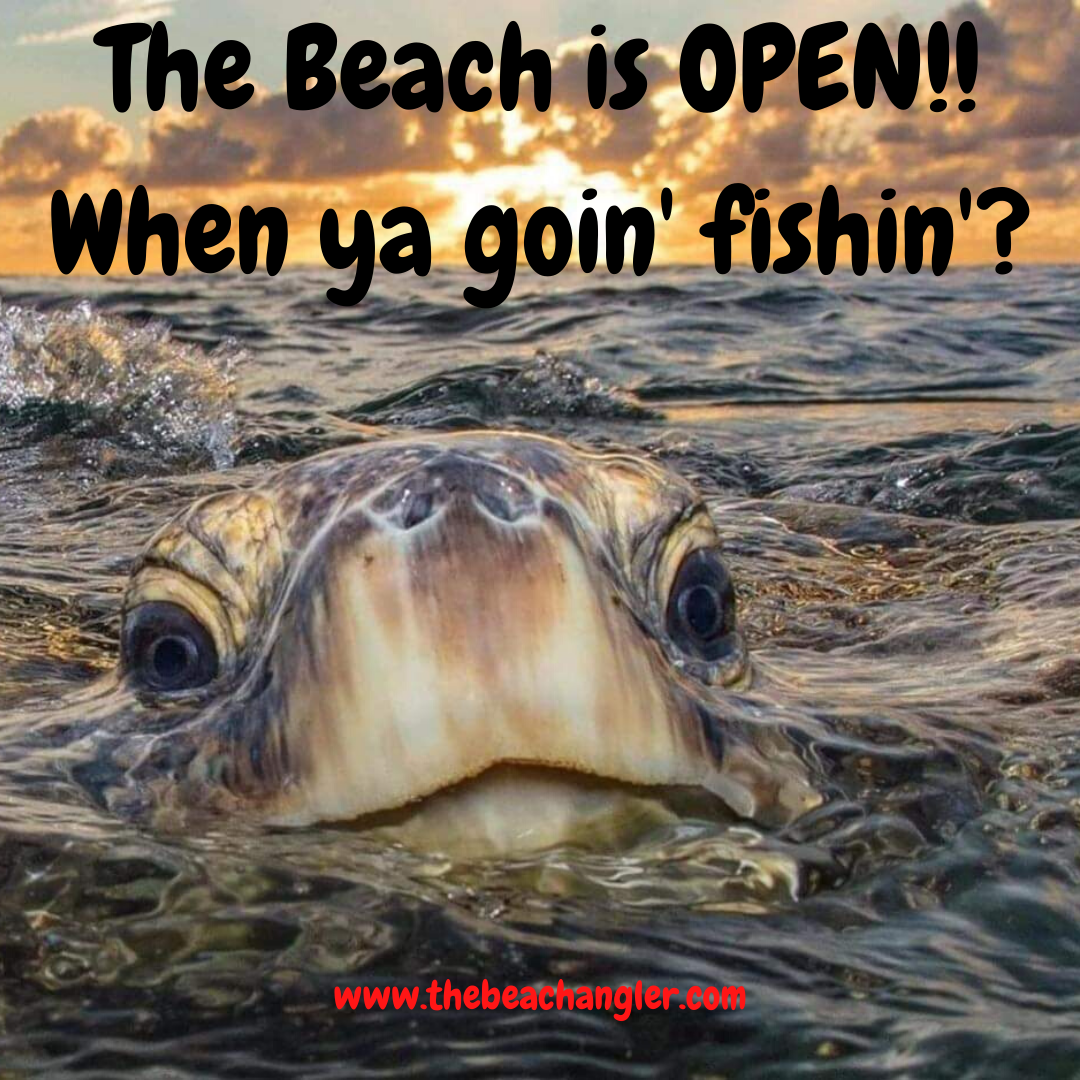Saltwater kayak fishing offers a unique outdoor experience where you can enjoy reeling in a catch while immersed in nature. With careful planning and a focus on safety, this activity can be both relaxing and challenging.
QUICK LOOK: Tips for Kayak Fishing in Saltwater
- Choose the Right Kayak. Pick a model specifically designed for saltwater use with the stability and durability you need. Ensure it has enough storage for your tackle, safety gear, and any additional accessories.
- Pack Your Gear Carefully. Organize your tackle, baits, and safety items before setting out. Double-check that all equipment is secured, especially items exposed to water.
- Check Weather and Tide Reports. Look at local weather forecasts and tide information to spot any sudden wind gusts or changing conditions. Knowing what to expect helps you plan a safe route.
- Plan a Simple Route. Choose a path that is easy to navigate, such as a circular or oval course. This makes it easier to return without confusion.
- Inform Someone of Your Plans. Always let a friend or family member know where you are headed and when you expect to return. This safety measure is very important, especially if you are out alone.
In this updated guide, I share practical insights on how to gear up, prepare, and take advantage of tips and techniques that make saltwater kayak fishing a rewarding adventure.
Essential Gear and Equipment for Saltwater Kayak Fishing
Success on the water depends on using the right gear. It all starts with selecting a durable, saltwater-specific kayak designed to handle the tougher conditions of the ocean and coastal areas. Many models offer features such as stand-up casting and extra stability during turbulent moments.
Along with the kayak, using heavy-duty tackle is very important. I like to use equipment that is built to manage the strength of saltwater species. Equipping your rod with a secure fish grip helps you hold on to your catch safely, and investing in a solid set of reels and tougher line is a smart choice.
Safety cannot be overlooked. It is wise to pack a reliable life jacket, a first aid kit, and a signaling device like a whistle or waterproof flare. A paddle leash ensures your paddle stays with you when it matters most. Many anglers also carry a kayak anchor to hold their position when battling a strong fish or when the tides switch up.
Getting Started with Saltwater Kayak Fishing
Before heading out, a basic understanding of the fundamentals is key. Spending time to familiarize yourself with your gear and taking short water trials can boost your confidence. It’s a good idea to check local weather conditions and tide schedules before you leave.
Saltwater environments are dynamic, and changes in weather or tides can quickly turn a simple trip into a demanding challenge. If you are new to kayak fishing, plan a brief outing. This allows you to adjust to how the kayak handles in the water.
Practice maneuvering techniques, such as one-handed paddling, which can be very important when you need to adjust equipment or manage a quick reaction from a breakaway fish. Spending time in controlled settings helps sharpen your skills before taking on open waters.
Quick Guide to Launching Your Saltwater Kayak Fishing Adventure
Starting your kayak fishing trip can be made simple by following a few clear steps. Here is a quick guide that covers both tactical and practical aspects:
- Choose the Right Kayak. Pick a model specifically designed for saltwater use with the stability and durability you need. Ensure it has enough storage for your tackle, safety gear, and any additional accessories.
- Pack Your Gear Carefully. Organize your tackle, baits, and safety items before setting out. Double-check that all equipment is secured, especially items exposed to water.
- Check Weather and Tide Reports. Look at local weather forecasts and tide information to spot any sudden wind gusts or changing conditions. Knowing what to expect helps you plan a safe route.
- Plan a Simple Route. Choose a path that is easy to navigate, such as a circular or oval course. This makes it easier to return without confusion.
- Inform Someone of Your Plans. Always let a friend or family member know where you are headed and when you expect to return. This safety measure is very important, especially if you are out alone.
Following these steps lays a solid foundation for a trouble-free fishing trip. Preparation and early practice help you stay confident and safe on the water.
Key Considerations Before Heading Out
Every saltwater fishing outing comes with its own challenges. Being prepared for environmental factors plays a very important role in your overall experience. Weather conditions, for example, can change fast, and it is wise to postpone your trip if dangerous winds or heavy rain appear. Checking forecasts and tide charts before departing can save you from unexpected complications.
Tide patterns greatly influence fish behavior. Studying tide charts helps you pinpoint when and where fish are most likely to feed. When tides switch up, water depth changes quickly, which can complicate navigation. An accurate understanding of these shifts aids in planning both your route and your fishing strategy.
Maintaining your equipment is another key aspect. Since saltwater can be corrosive, always rinse your kayak and gear with fresh water after each trip. Regularly checking your life jacket, paddle leash, and other safety items ensures they function properly when you need them. Reliable communication and navigation tools, like a GPS or fish finder, further help you stay on course and avoid trouble.
Advanced Kayak Fishing Strategies
Once you have mastered the basics, it’s time to explore advanced techniques that can up your fishing game. For instance, trolling with search baits allows you to cover a wider area. This method can be more efficient than staying in one spot, especially when fish are spread out in the water.
Practicing one-handed casting can be very important when managing both the kayak and your fishing rod simultaneously. Although it takes time to perfect, improved accuracy during casting makes all the difference when it comes to reeling in your catch.
Using a versatile range of baits is also key when targeting various fish species. Keep several types of lures on hand — from topwater options to crankbaits and soft plastics. Switching up your bait as the day progresses or as water temperature varies increases your chances of success.
Understanding underwater features contributes to your overall strategy. By studying the seabed for structures like ledges or drop-offs, you can pinpoint areas where fish might gather. Pairing this insight with a fish finder can quickly reveal hotspots for effective baiting.
Techniques and Equipment Optimization for Kayak Fishing
Optimizing your approach involves refining both technique and gear management. Practicing one-handed paddling allows you to adjust your rod or equipment without losing balance. Keeping your body centered in the kayak is very important, especially during casting or reeling.
Carrying only the essential items improves your kayak’s performance. Packing strategically not only saves on space but also keeps the kayak nimble and easier to control. For instance, bringing along a cooler with ice to keep your catch fresh is a practical addition that many seasoned anglers appreciate.
Using navigation aids like a GPS unit helps you stick to your planned route. Quick adjustments in response to switching tides or sudden changes in wind can prevent accidents and maximize your fishing time. Adopting a mindset to learn and adapt continuously will serve you well on every outing.
Frequently Asked Questions

What type of kayak is best for saltwater fishing?
A kayak built specifically for saltwater is very important. Look for models that offer durability, stability, and ample storage for your fishing gear. Features like a stand-up option can also be a big help during casting and handling larger fish.
How do I choose the right tackle?
It is best to use heavier tackle designed for larger saltwater species. Robust reels, strong lines, and accessories such as fish grips help ensure safe handling of your catch.
Which safety items should I never leave behind?
A reliable life jacket, first aid kit, signaling device, paddle leash, and kayak anchor are all essential. Keeping these items in good condition is very important for any trip.
Why is it important to study tide patterns?
Tides greatly affect where fish feed and move. Checking tide charts enables you to choose the best spots and times for fishing, dramatically raising your chances of a good catch.
What should I do if the weather suddenly changes?
If conditions worsen, it is safest to return to shore immediately. Planning your route with a safe exit strategy and keeping in touch with someone ashore are both very important safety measures.
Conclusions on Saltwater Kayak Fishing
Saltwater kayak fishing is a fulfilling activity that combines physical skill with an outdoor adventure. From choosing a sturdy, saltwater-specific kayak to understanding tide patterns and employing advanced techniques, every step plays a really important role in the success of your trip.
Preparation is key to keeping your outings both safe and enjoyable. Always review weather and tide conditions, pack essential gear carefully, and plan a straightforward route. Whether you are working on perfecting your one-handed casting or learning how to reposition your kayak when the environment changes, each moment on the water offers a chance to grow as an angler.
Remember, every fishing trip is a learning experience. Start slow, practice often, and never compromise on safety. Enjoy every moment on the water, and let each adventure inspire you to build your skills and create memorable experiences.
Check Out Our Most Recent Articles:
- Using a Personal Watercraft For Saltwater Fishing
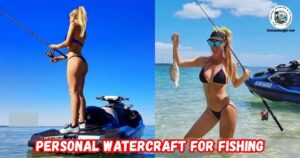
- 5 Advantages of the Penn Squall Low Profile Baitcasting Reels
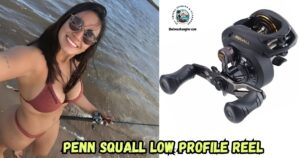
- Electronic Fish Finders For Kayak Fishing
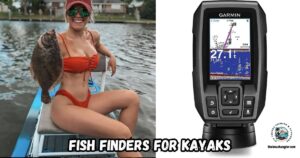
- What’s New From ICAST 2025

- 5 Budget-friendly Saltwater Fishing Kayaks For Beginners
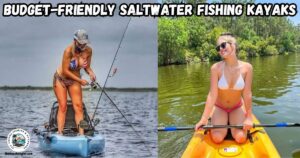
- 12 Tips for Fishing Baffin Bay, Texas
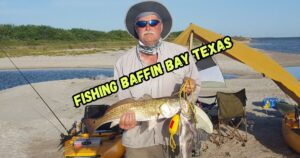
As always, stay safe, enjoy the journey, and please try to leave it cleaner than you found it. If you have any comments, questions, ideas, or suggestions, please leave them in the comment section below, and I’ll get back to you ASAP. You can follow us on Facebook: Rex The Beach Angler, Instagram: thebeachangler7, Twitter: @AnglerBeach, and YouTube: Man Art Creations.
P.S. Thanks so much for checking out our blog; we really appreciate it. Just so you know, we may receive a commission if you click on some of the links that appear on our site. This helps us keep our content free and up-to-date for everyone. We appreciate your support!
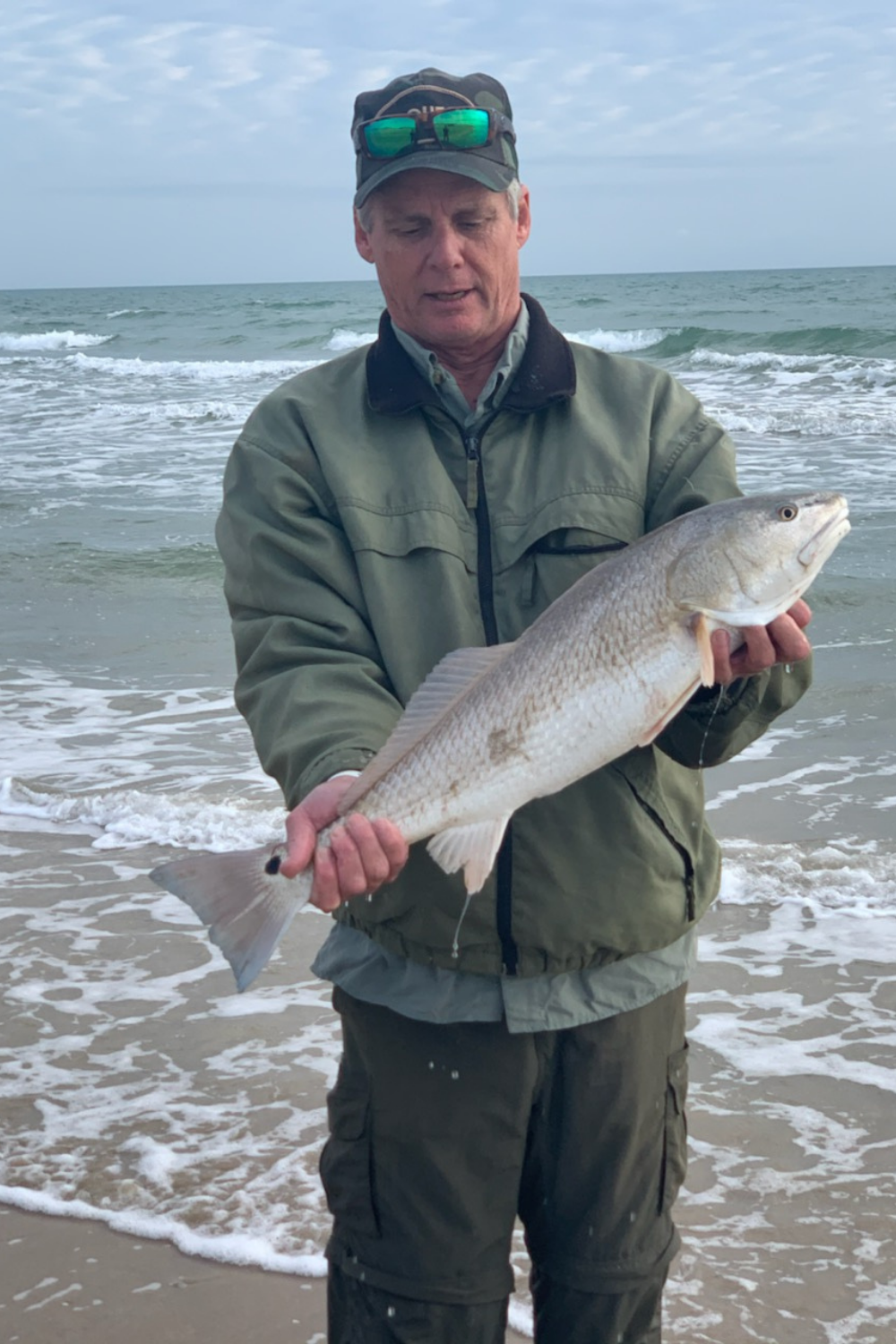
A life long surf fisherman with 50+ years of experience, I am also an avid hunter and outdoorsman. I will be sharing my passion for the outdoors with you so be prepared for hunting, fishing, camping, hiking and more. Along with gear reviews and the latest trends and innovations in the outdoor industry.
